2006 Inovo Design Lirica Concept
Inovo Design makes its debut appearance at the Geneva Motor Show where it will unveil its new coupe concept. As its name suggests, Lirica is a classically-inspired automobile, but one interpreted in a very contemporary key, and outfitted with an innovative driver-automobile interface.
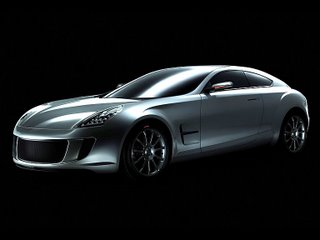
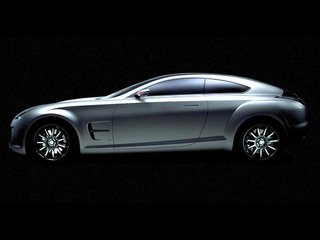
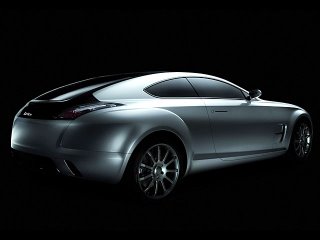
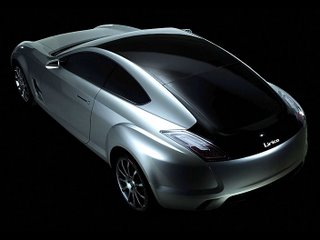
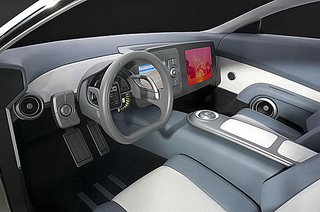 The project philosophy
The project philosophy“An eighteenth century villa with ultramodern decor and cutting edge technology.” This is how Maurizio Ficcadenti, president of Inovo Design, sums up the spirit of Lirica, whose name comes from the Greek word indicating song with musical accompaniment. “We seek to express an artistic message through the technological instrument of the computer,” explains Ficcadenti.
Lyric opera is one of the crowing expressions of Italian tradition in the world. The Inovo Design project pays homage to Italian aesthetics and artistic taste in this concept coupe, which recapitulates and communicates the company’s professional experience.
Lirica is Inovo Design’s four-wheeled business card. The firm offers full spectrum consulting services in automobile and product design, from the initial concept, to research, project development, and prototyping.
A number of years ago, Inovo Design chose to step beyond the ‘material barrier’ and completely eliminate hardcopy design in favor of the most advanced computer design systems. This meant savings in terms of costs and time, but no corners were cut on the value of the creative content.
The result is Lirica, a show car designed in just 8 weeks.
External design
A large coupe—almost 5 meters long with a wheelbase of over 3 meters—Lirica honors the tradition of the luxury Gran Turismo sedan. The style and proportions evoke high end Italian sports cars of the past while avoiding any retro nostalgia. A balanced composition of broad surfaces, a body characterized by a few strong features, and minimum chrome and embellishments create a sober and extremely contemporary automobile.
The Lirica power train is based on an in-line front motor (a 90° V8), rear wheel drive, and a rear transaxle.
The front end has a large air intake surmounted by extremely technical headlamps. The front end composition complies with standards to protect pedestrians in the event of an impact.
From the side you notice the base of the windshield placed behind the front axle, the high belt line, and a muscular rear fender. As a romantic touch, the air outlet is mounted on the front fender immediately behind the wheel, but interpreted in a modern, evocative key.
The sides and roof line converge at the rear into a beautifully soft and tapered form to create a very harmonious rear end that does not cramp the comfort of rear seat passengers.
Internal design
The forms and fittings of the four seat passenger compartment recreate the atmosphere of the contemporary Italian salon. The style is minimalist and high quality throughout, as exemplified by the Alcantara upholstery and aluminum inserts.
The design of Lirica revolves around new behavioral models. New multi-sensorial interfaces have been developed between occupant and car. Habitability of the interior space is optimized along with interaction with the world outside the car.
Traditional ergonomics concepts have been rethought, which has resulted in much of the instrumentation being moved from the physical into the virtual world, centered on a computer screen which unites a broad range of functions. The traditional monolithic dashboard concept has thus disappeared, replaced by a multi-component instrument panel. The controls and main driver information are centered on the steering wheel, while the central dashboard area is dominated by a large multifunctional display. A joystick gives passengers access to Lirica’s technological attributes.
Onboard technology
The onboard communications interface comprises:
- A screen on the steering wheel for driver information;
- A 10” screen for office purposes and satellite navigation;
- 3 screens (one for each passenger, rear passenger screens are mounted in the seat backs) for DVDs, games, or Internet navigation.
The 10” TFT (4:3) high luminosity Touch Screen is controlled by a high performance computer specifically engineered for installation in vehicles. The operating system is Windows XP Professional with Wi-Fi Internet connection. Passengers have access to all the normal applications and functions (Power Point, Video, etc.) running under WinXP PRO.
The monitor is also the main interface for the Pocket Driver Itinera satellite navigation system.
© Source: original article on seriouswheels.com





0 Comments:
Post a Comment
<< Home